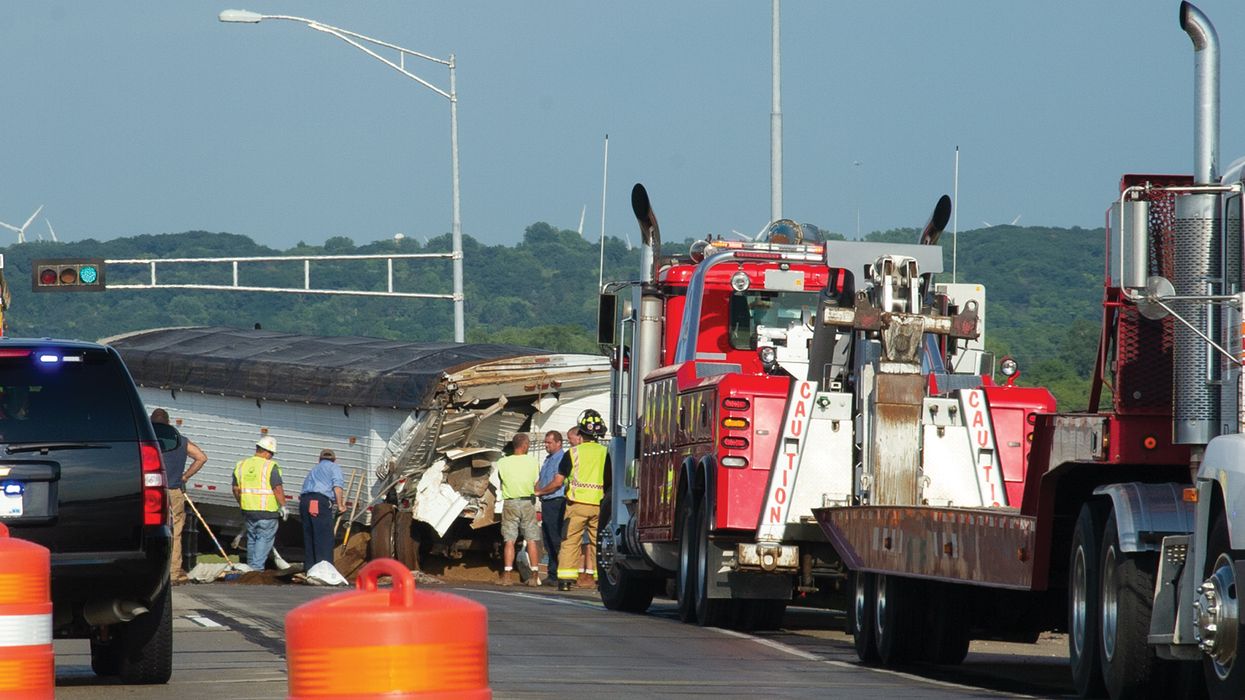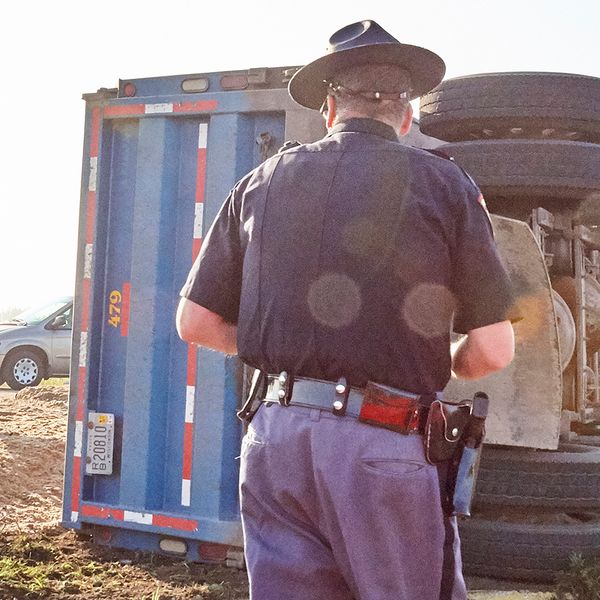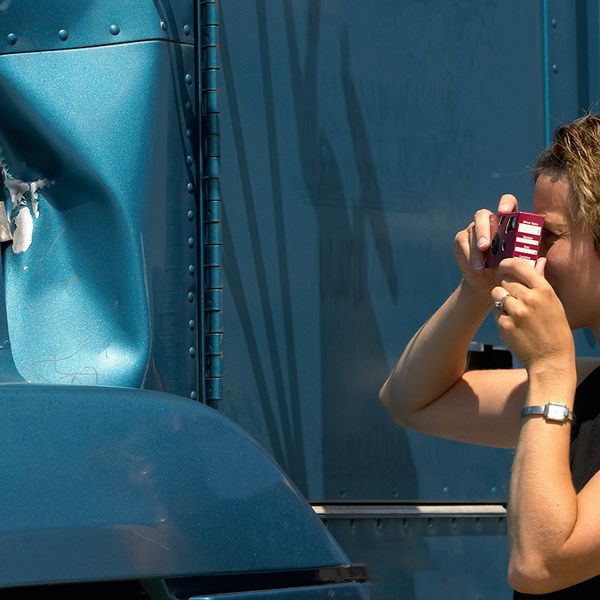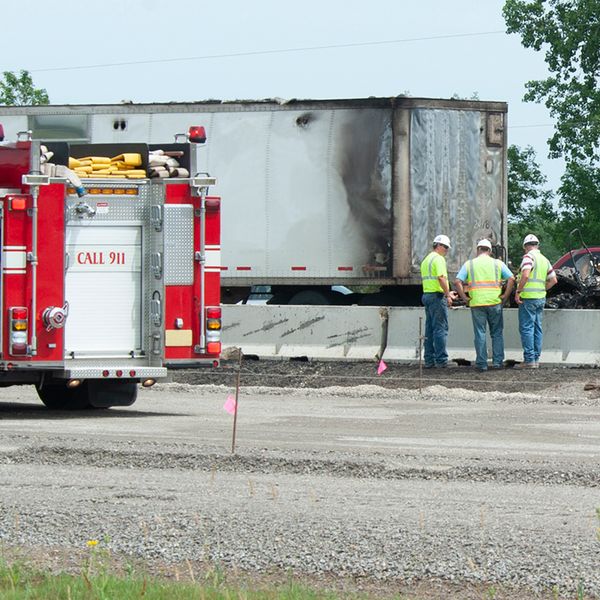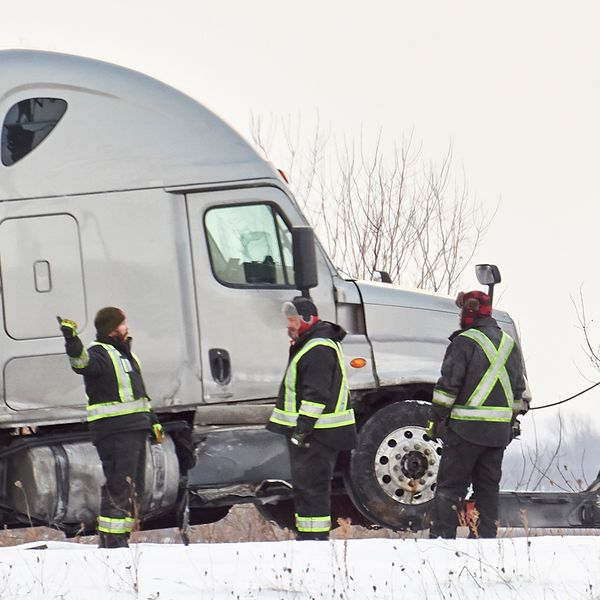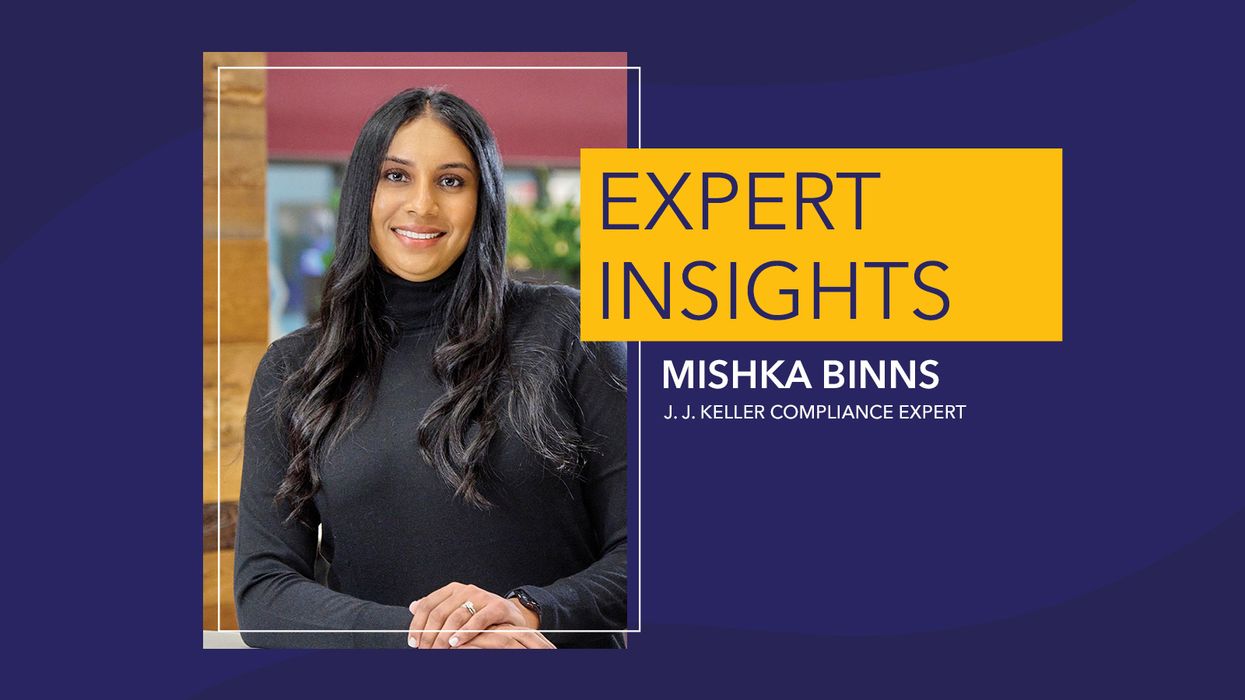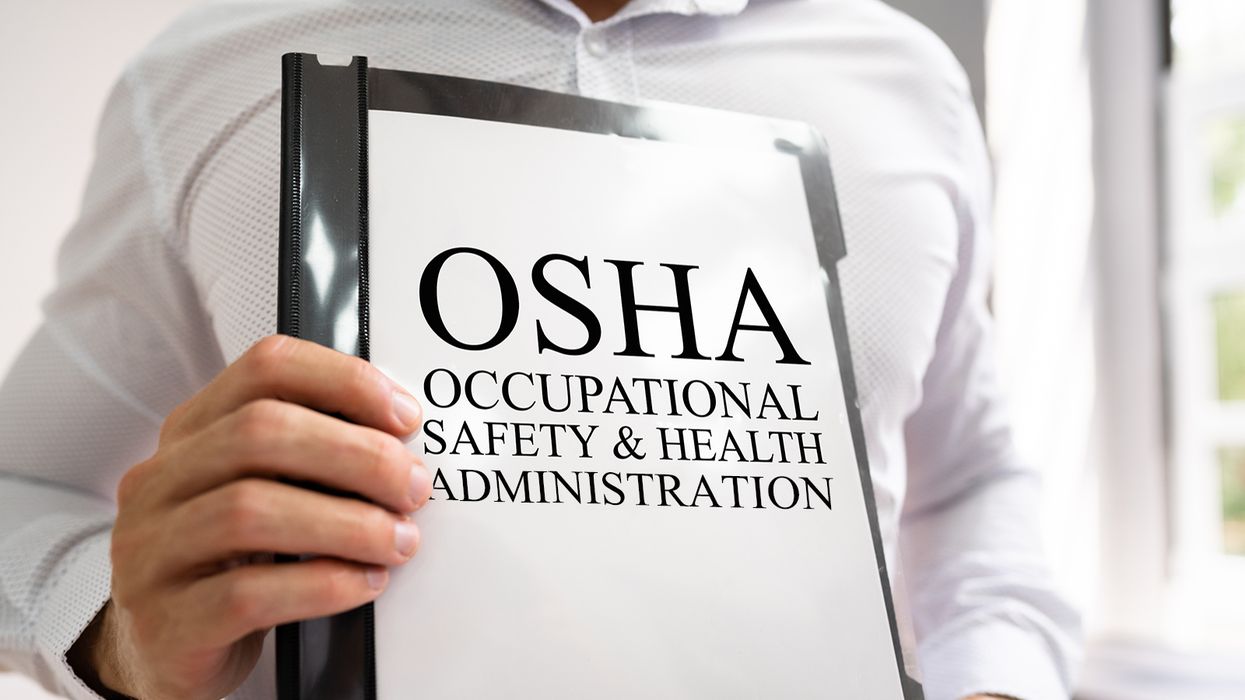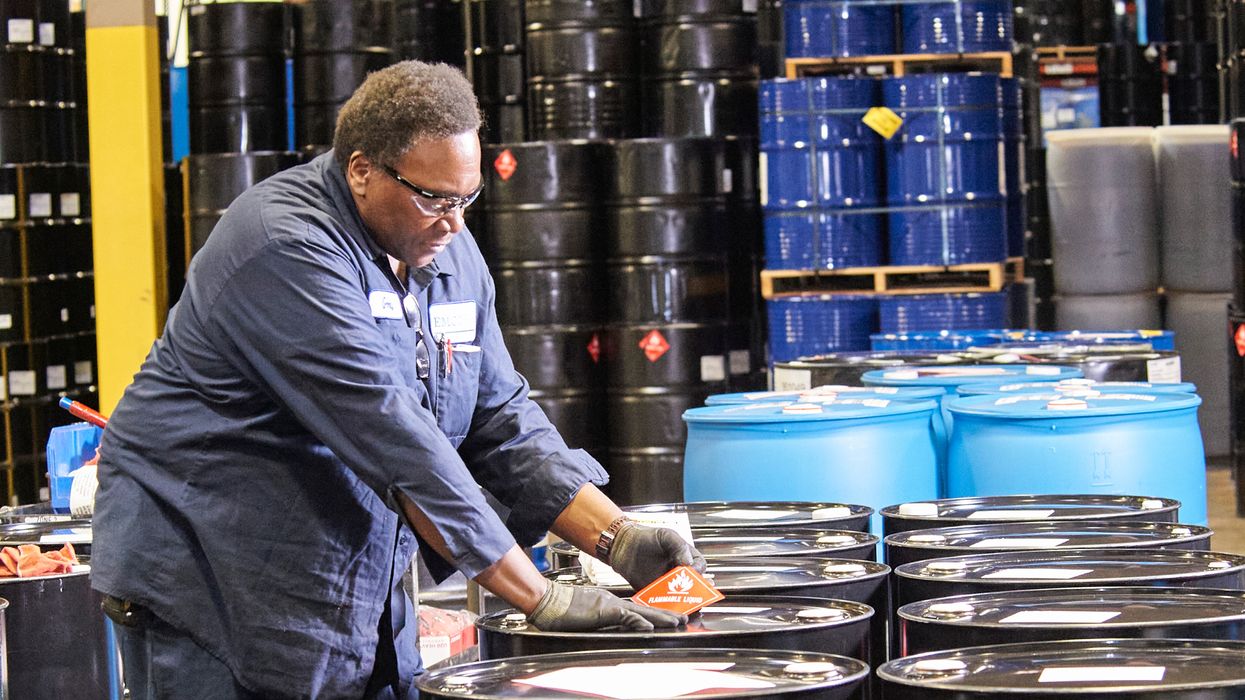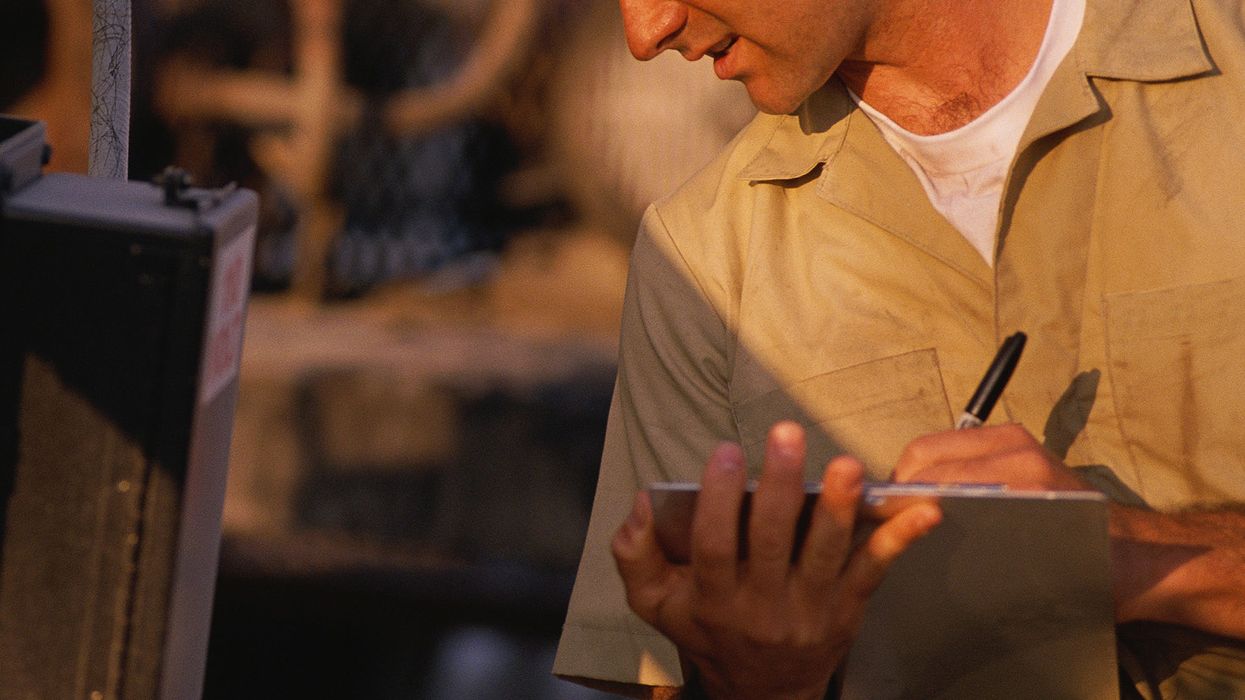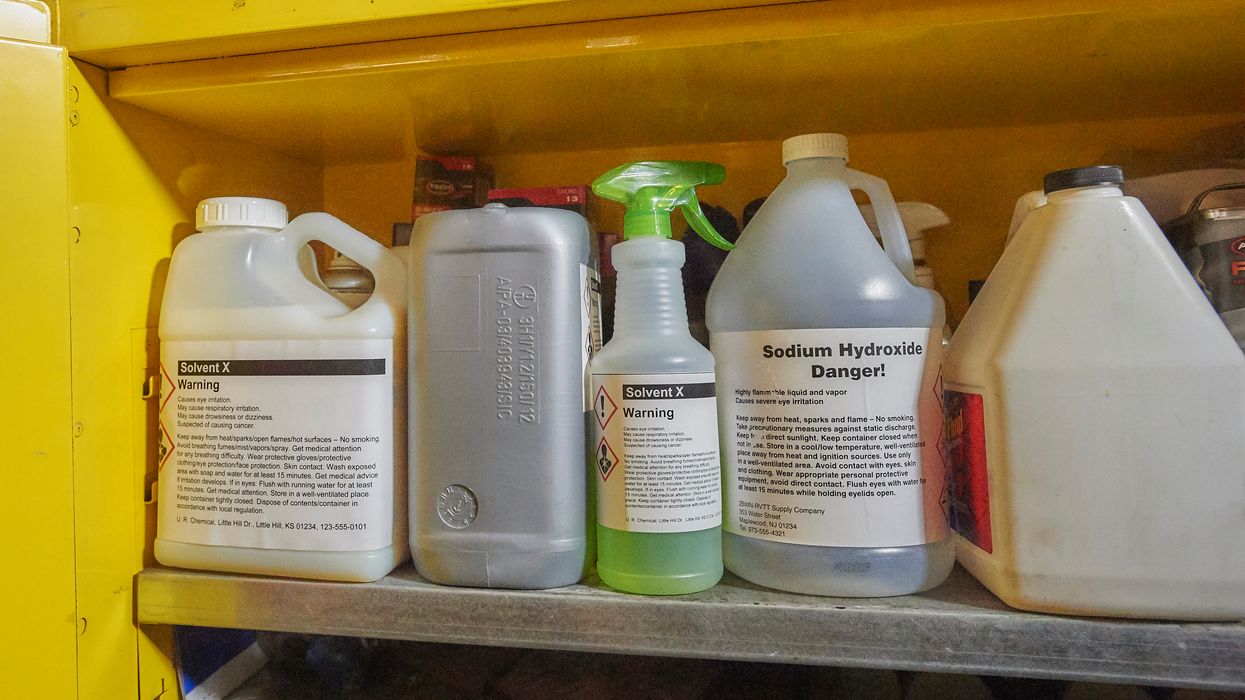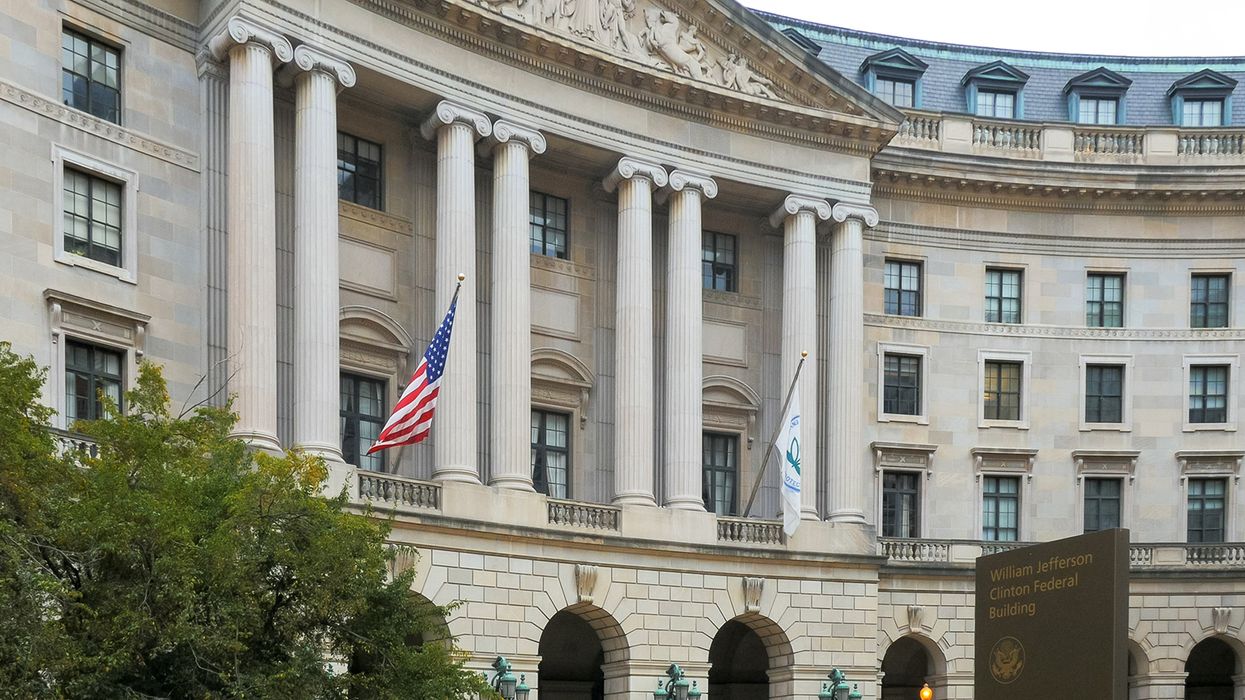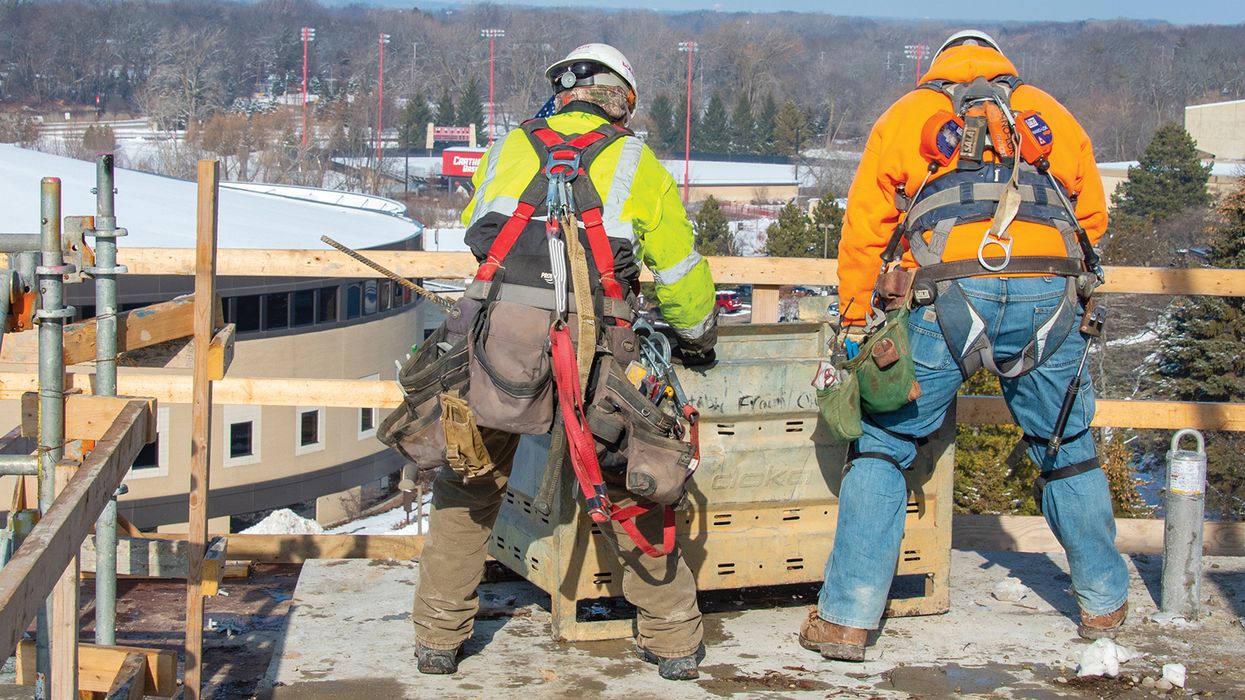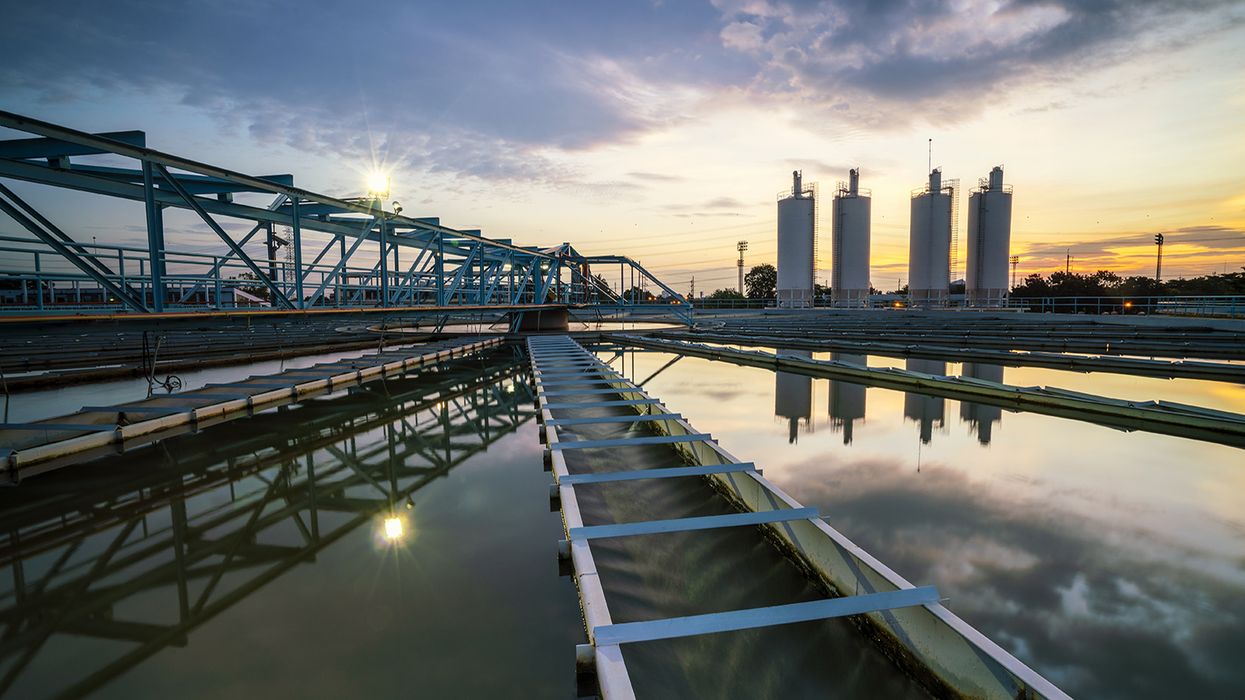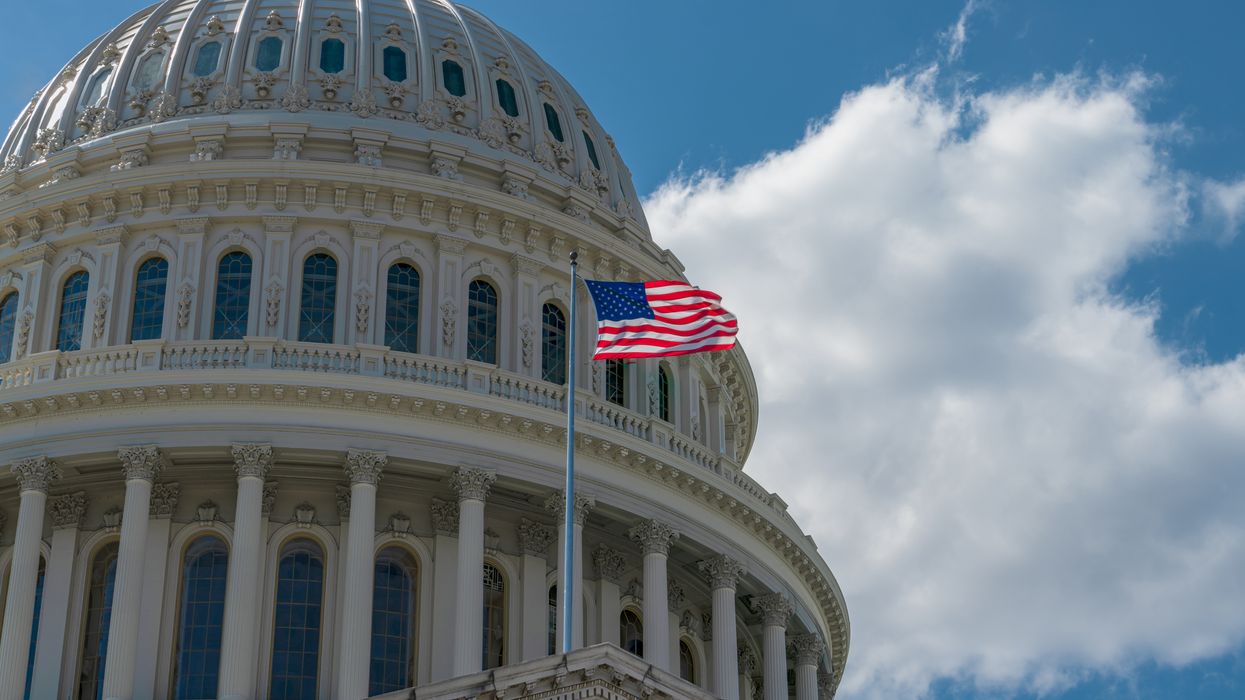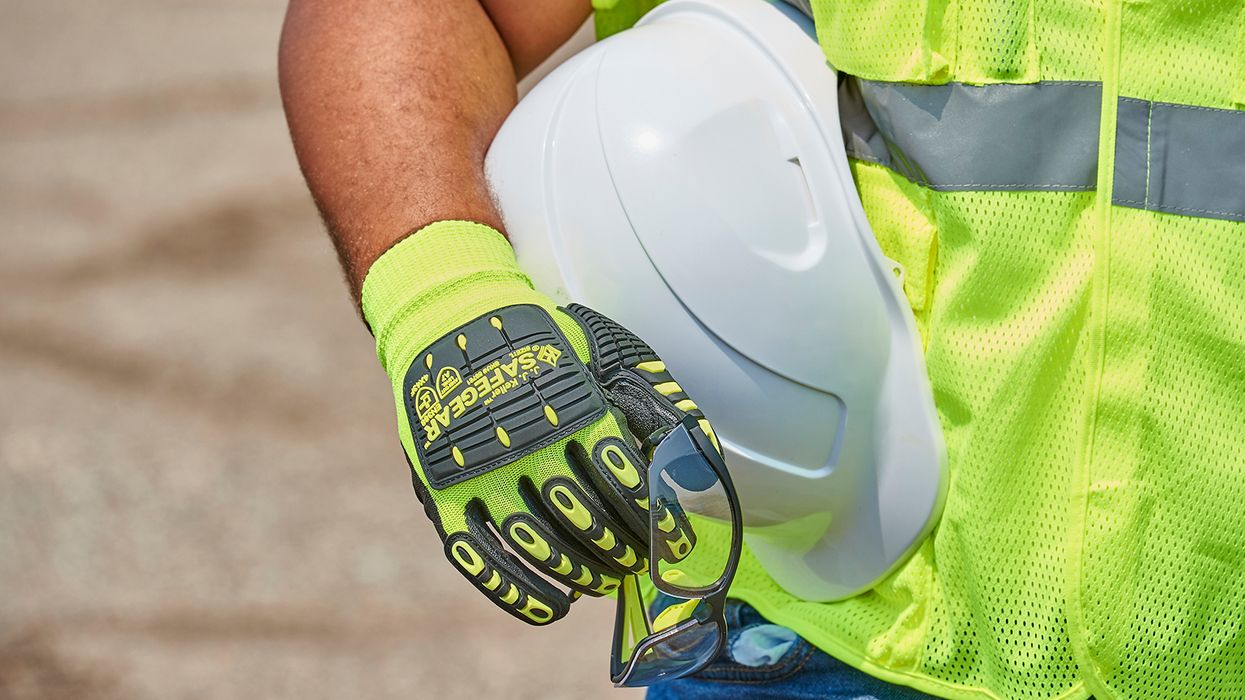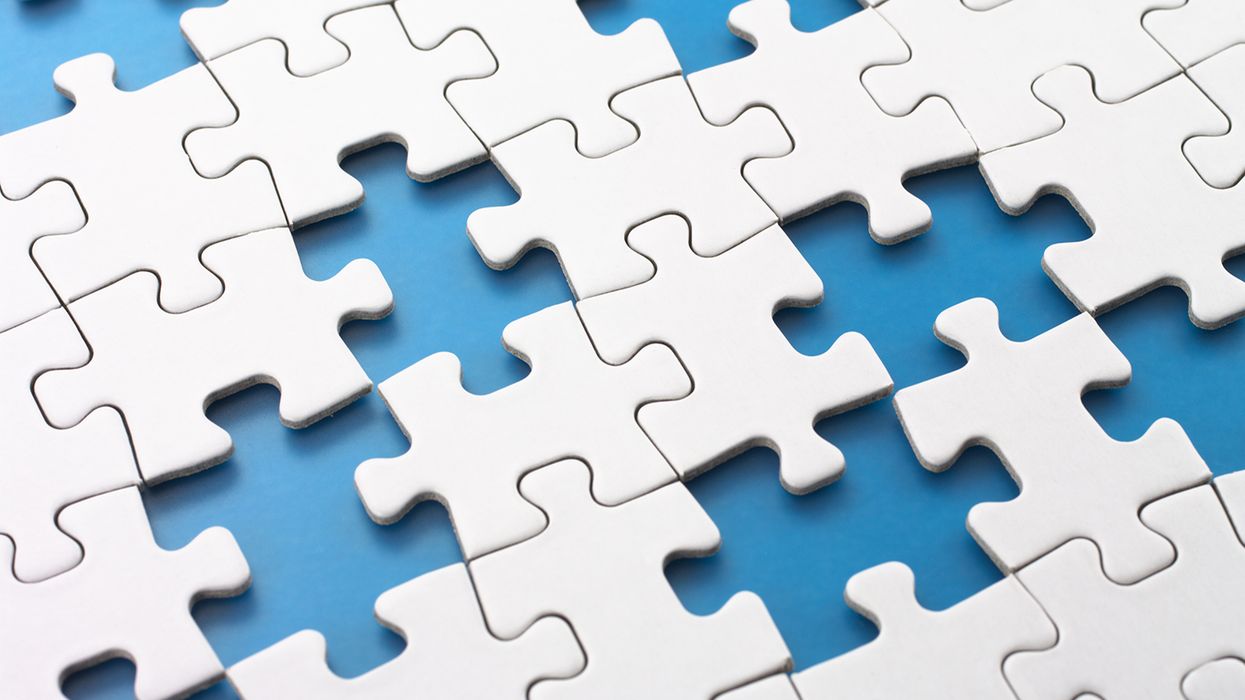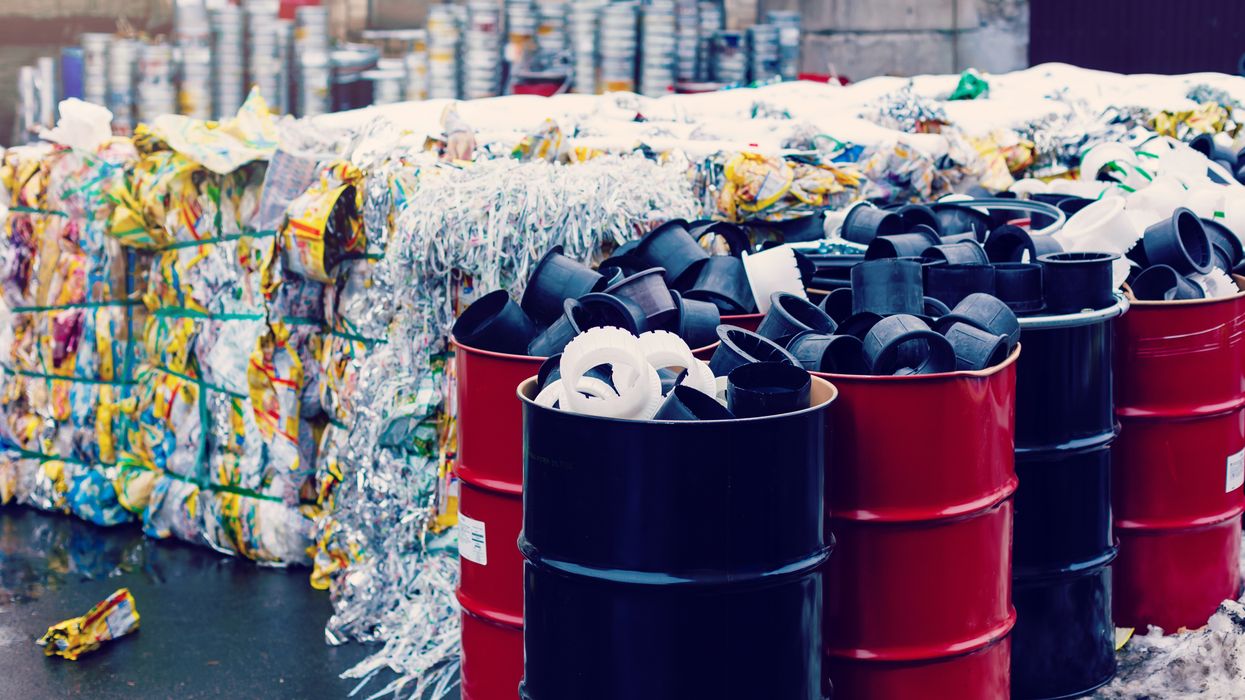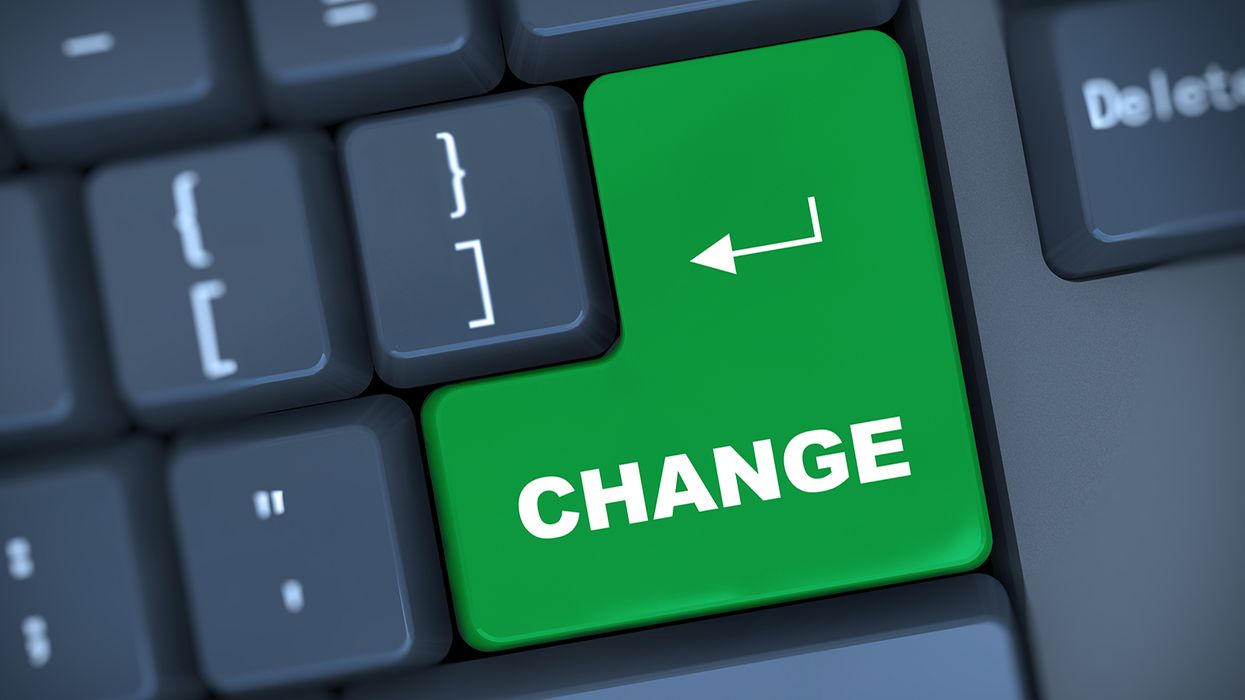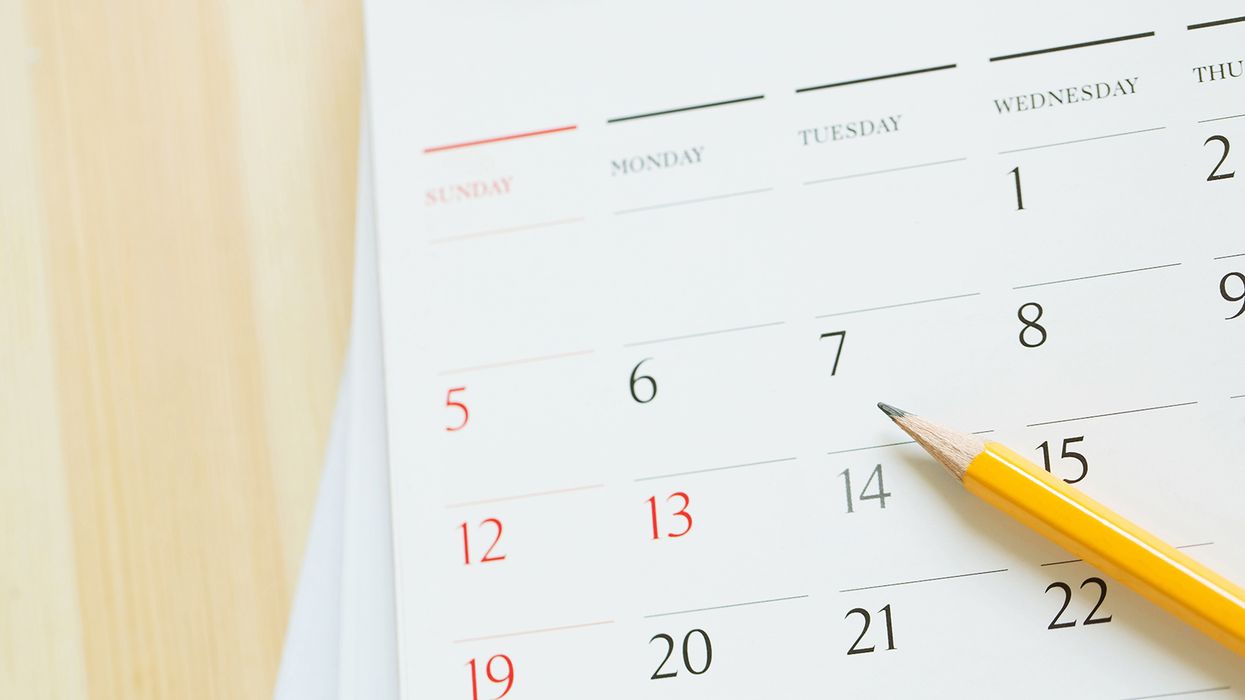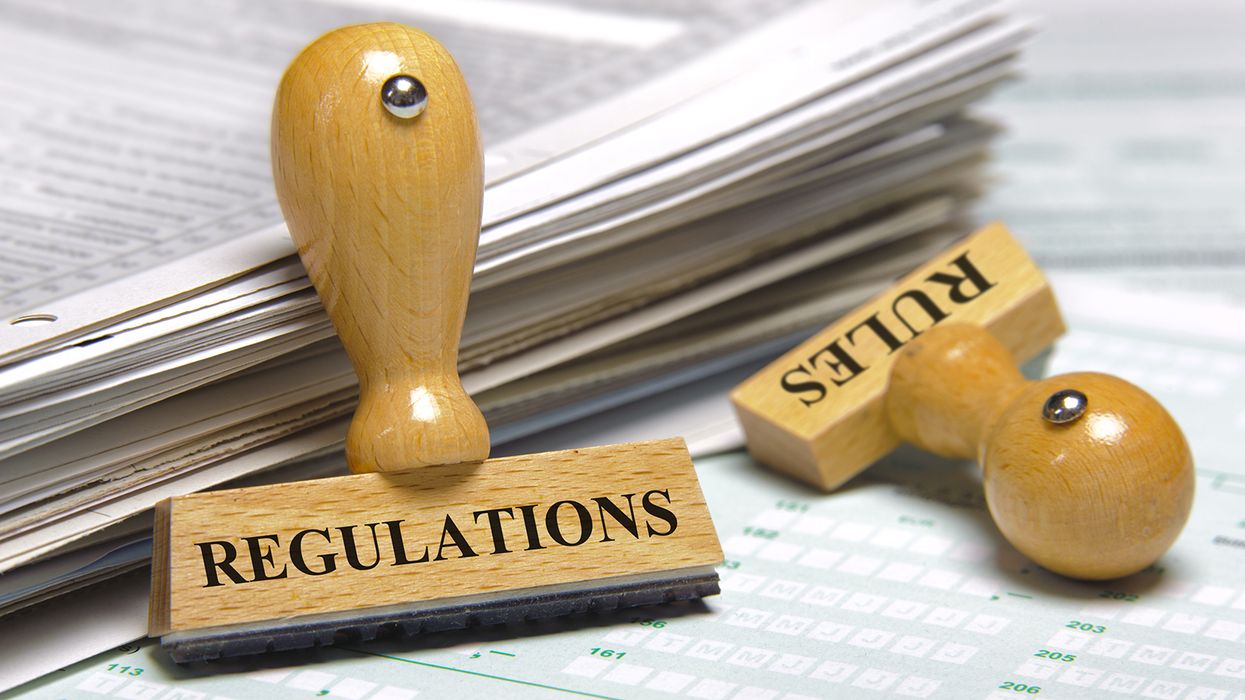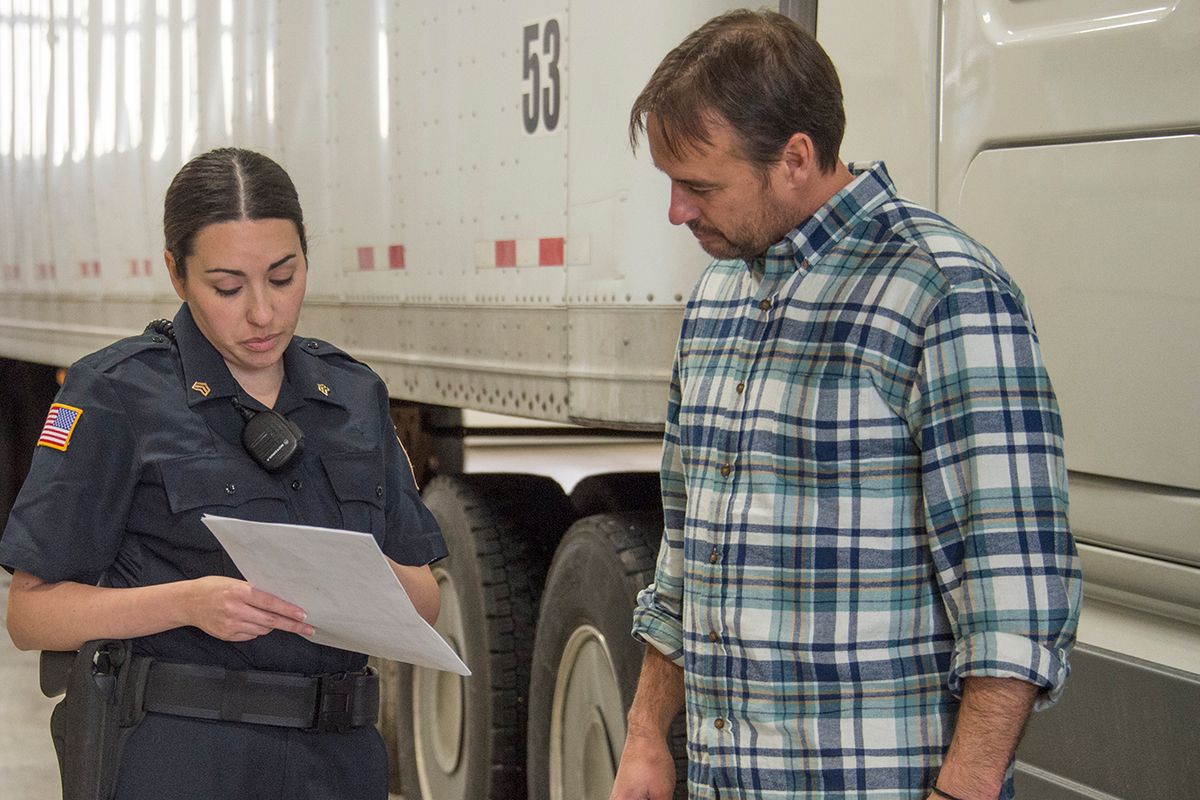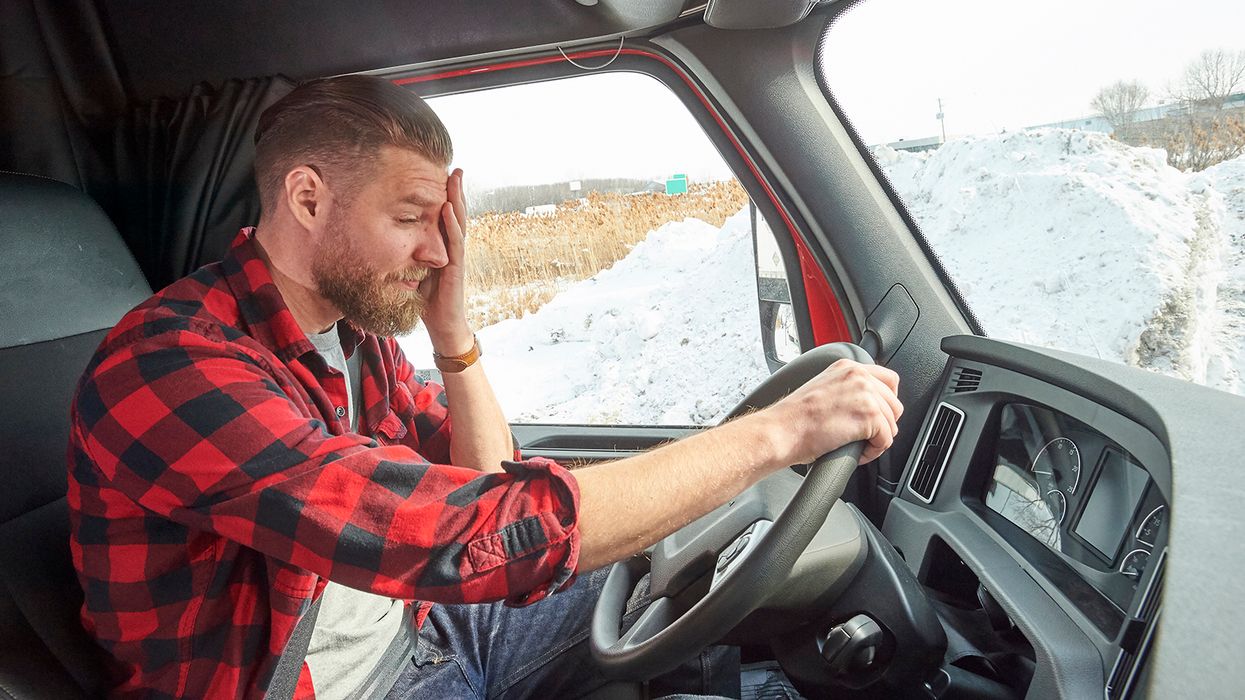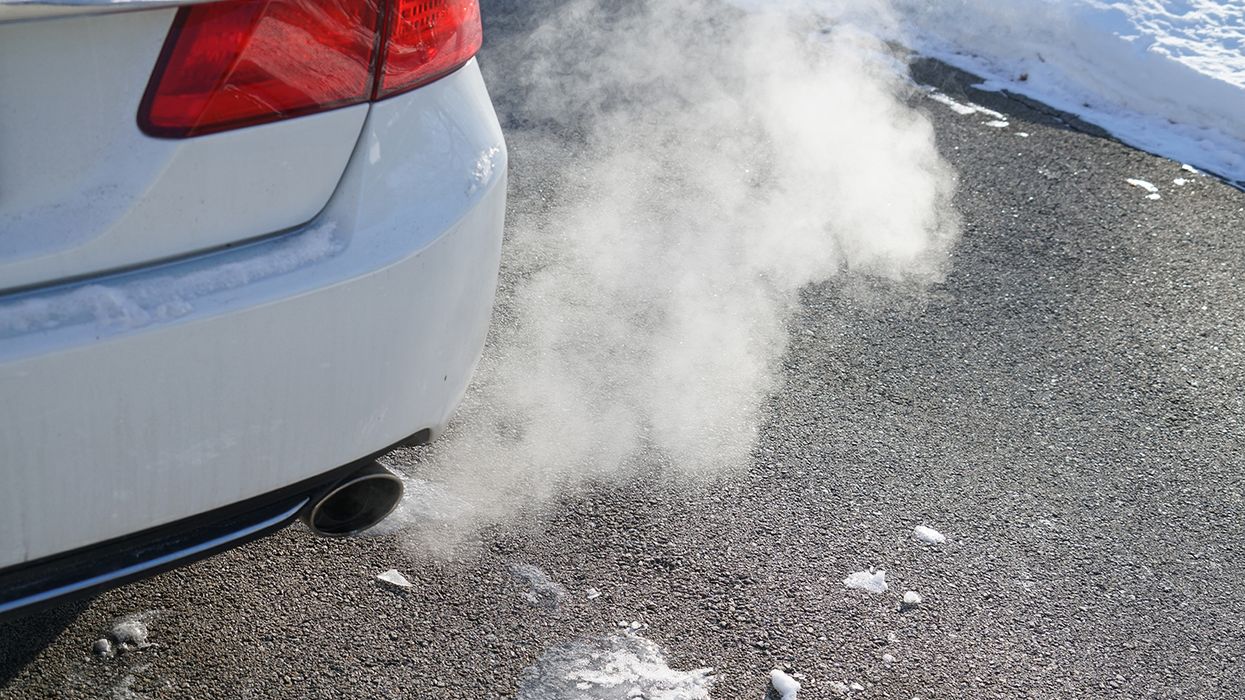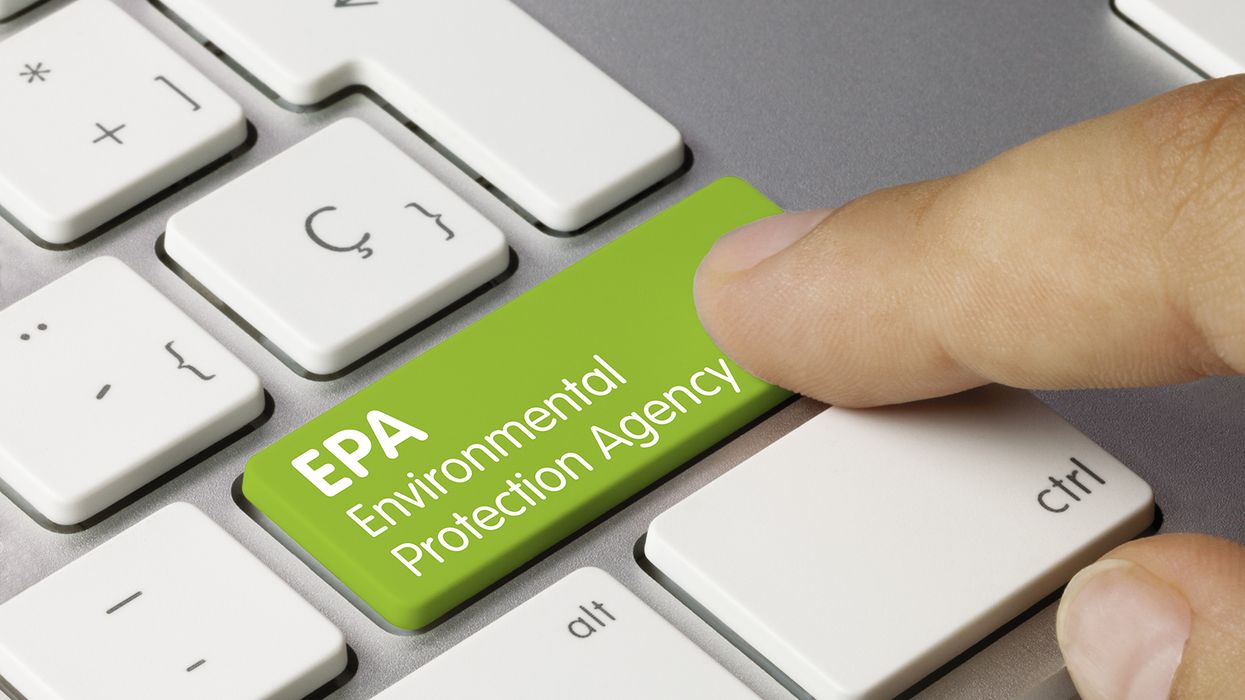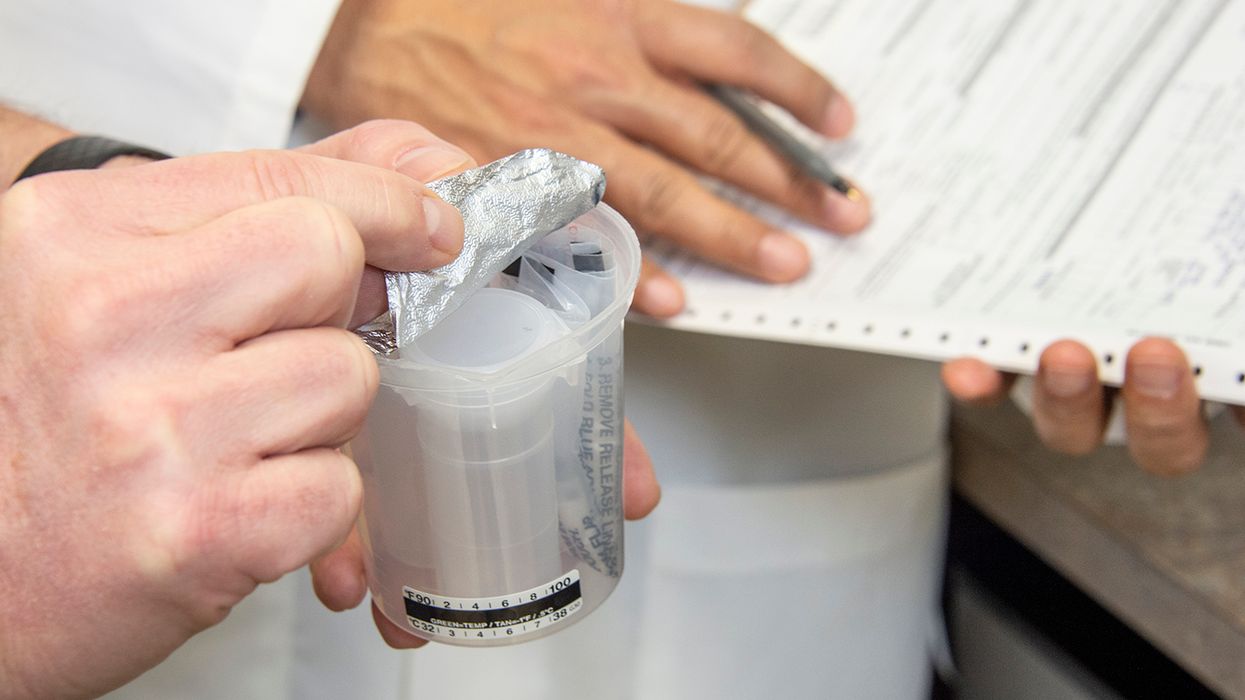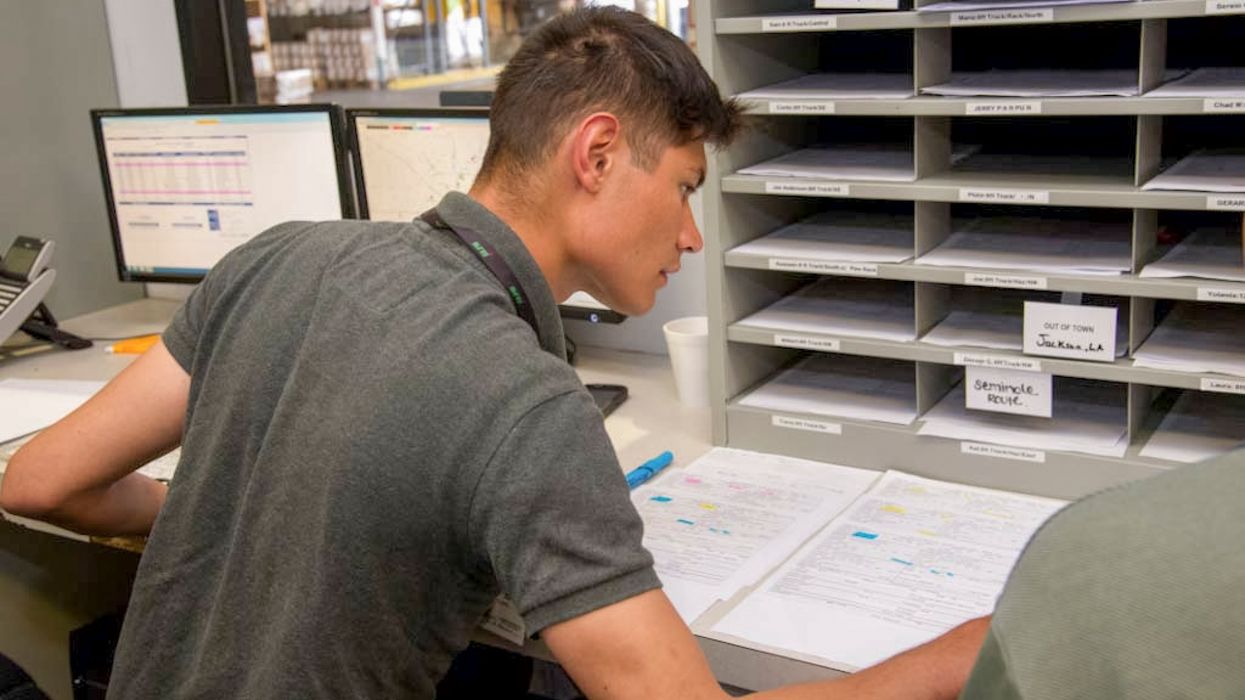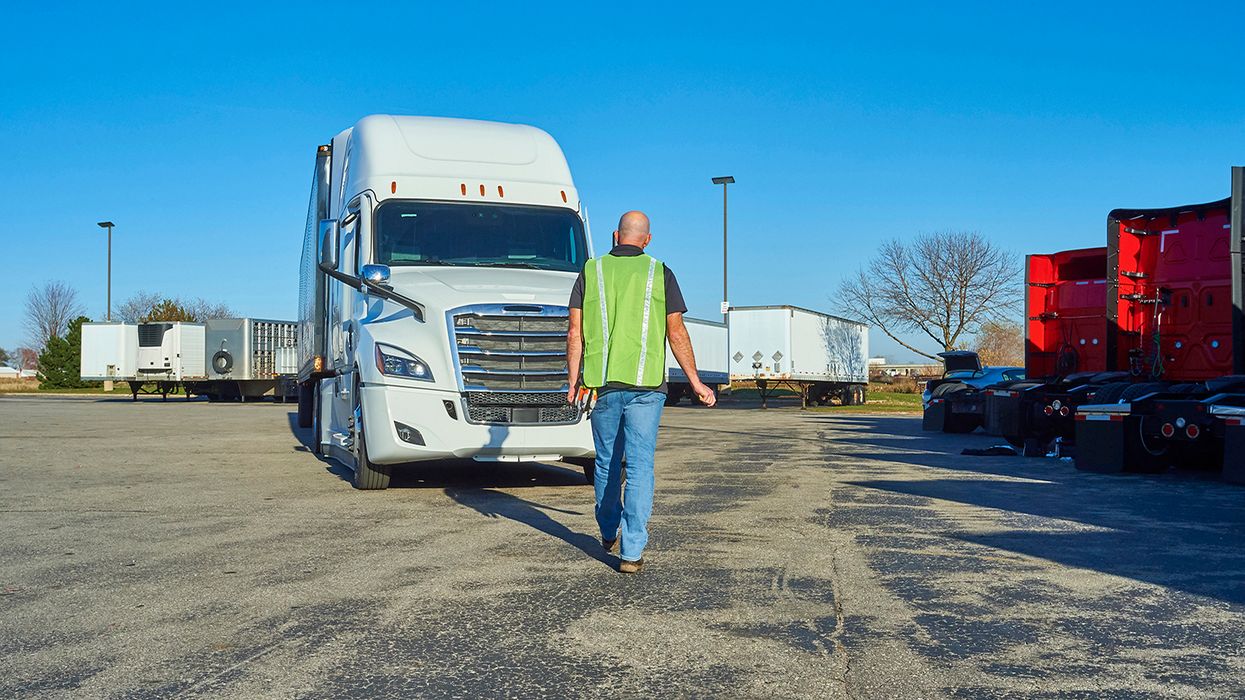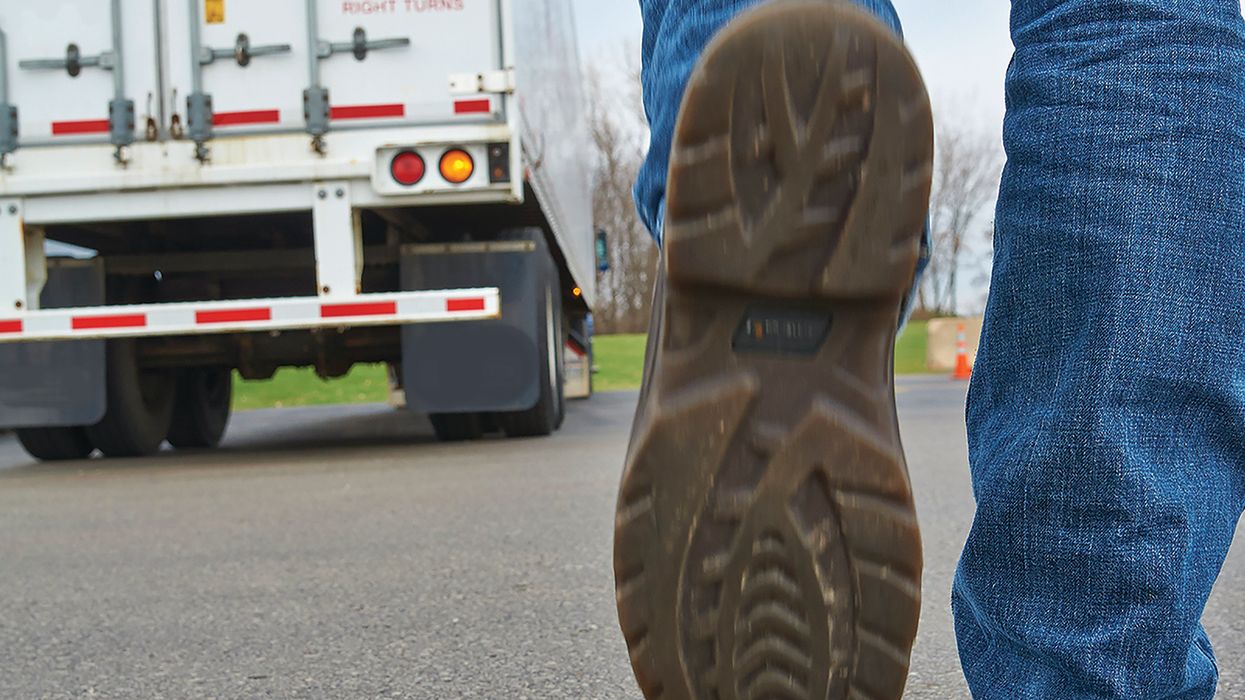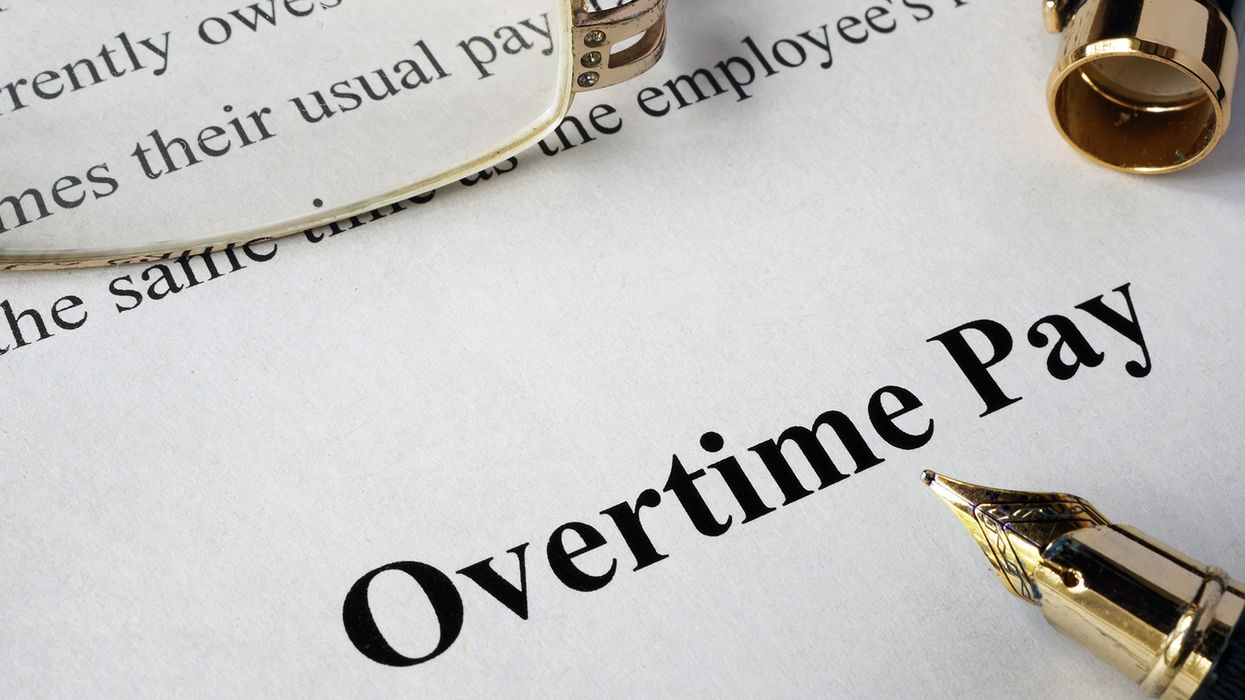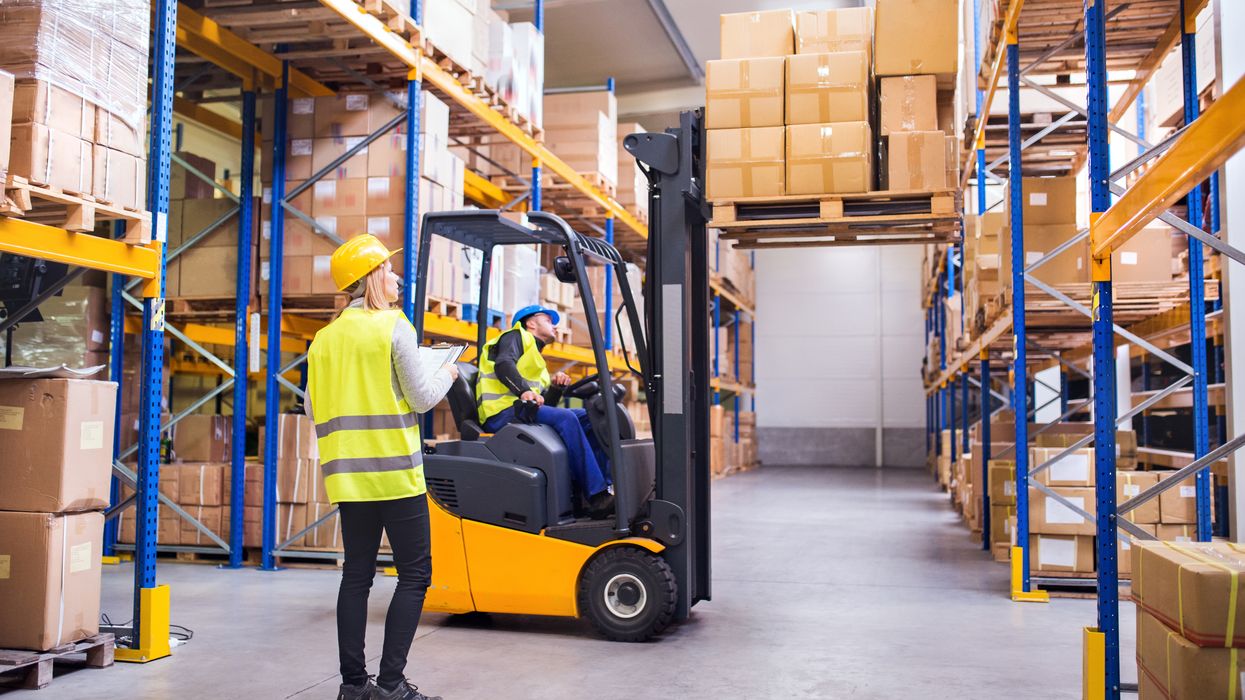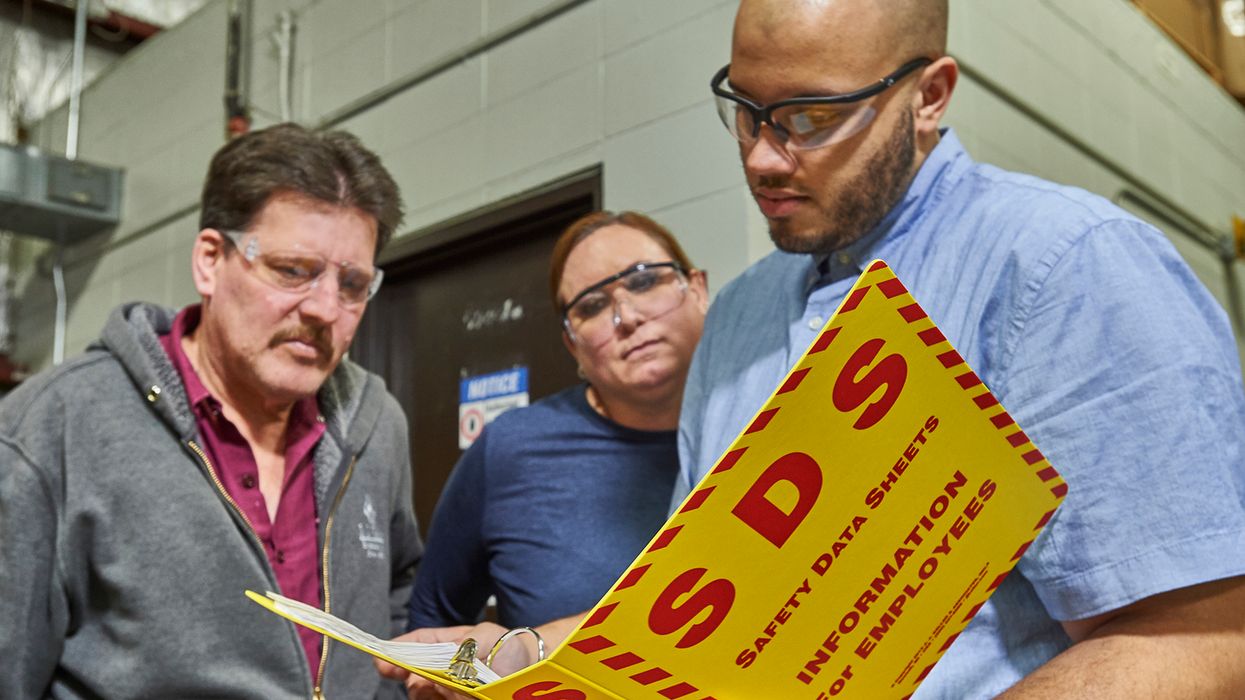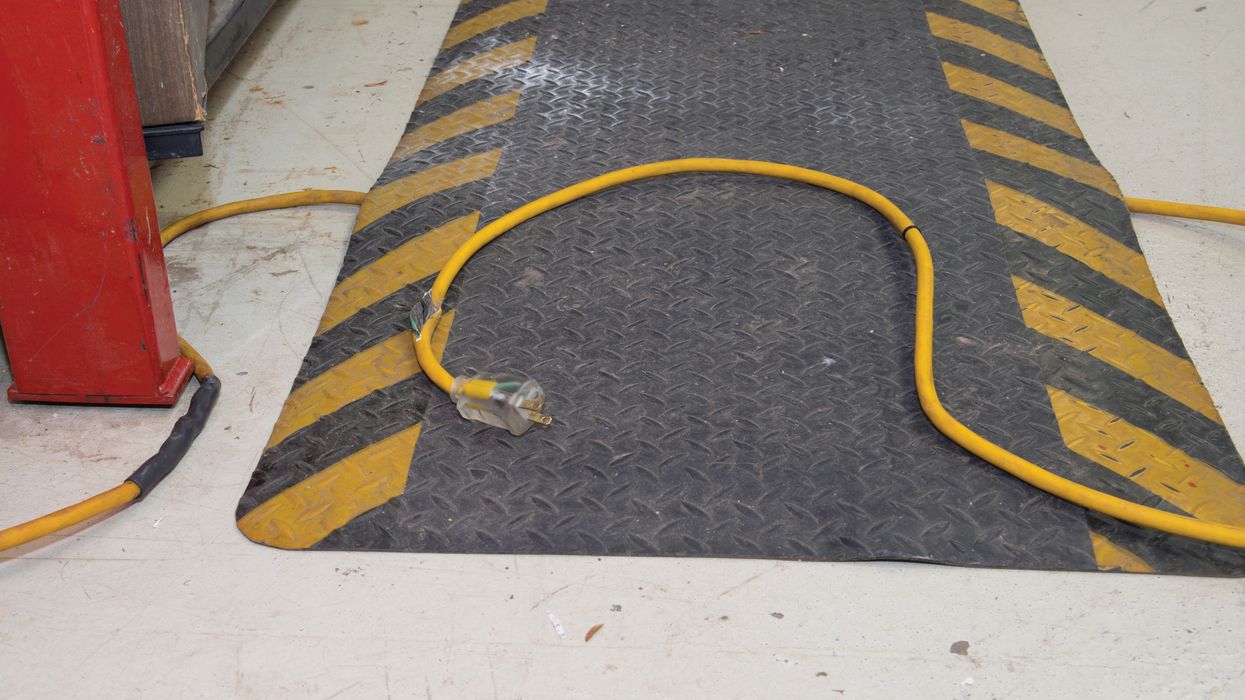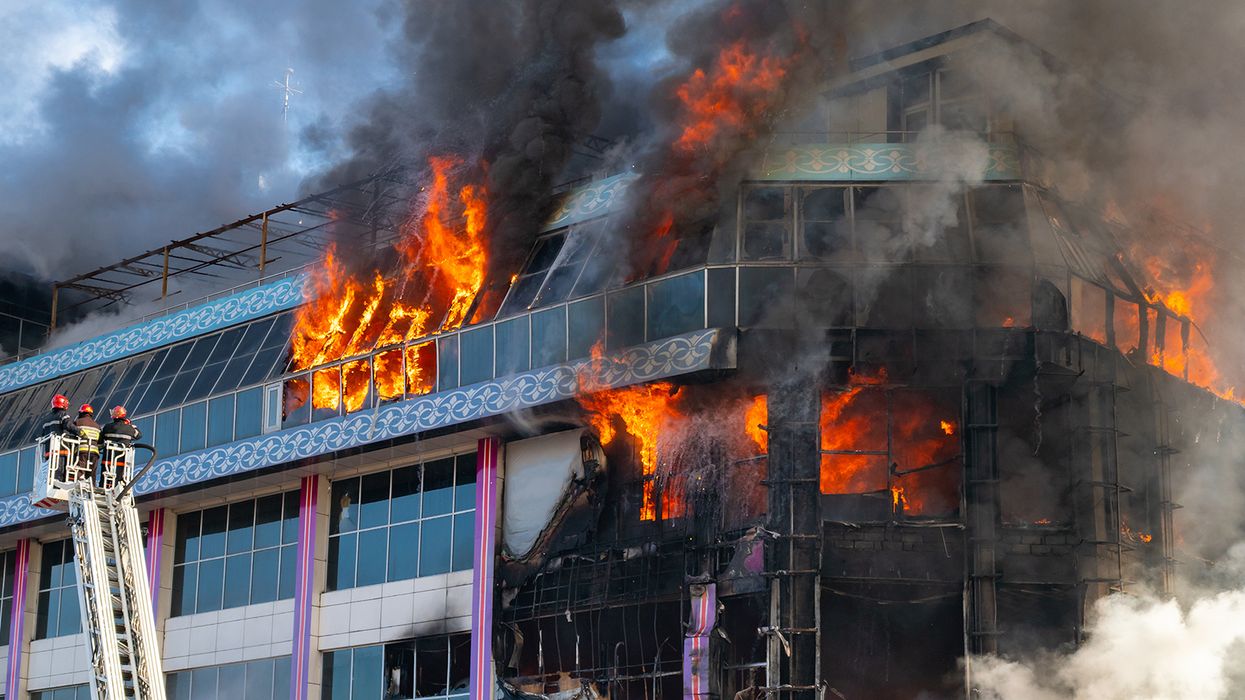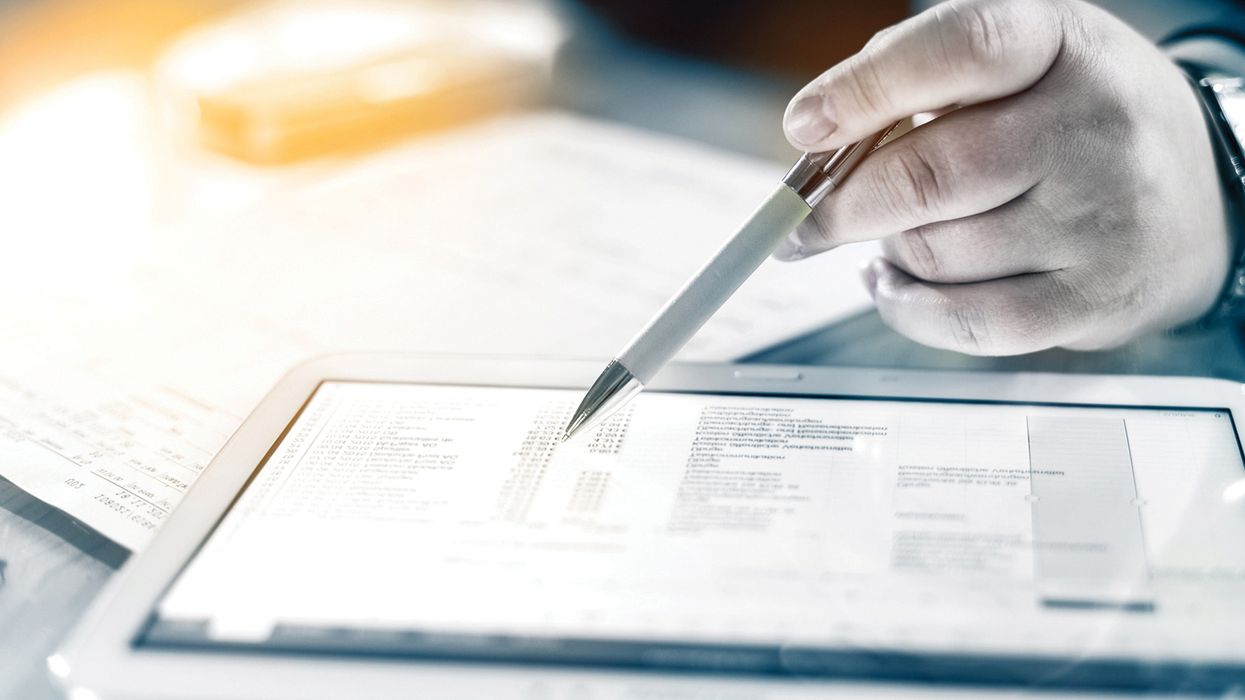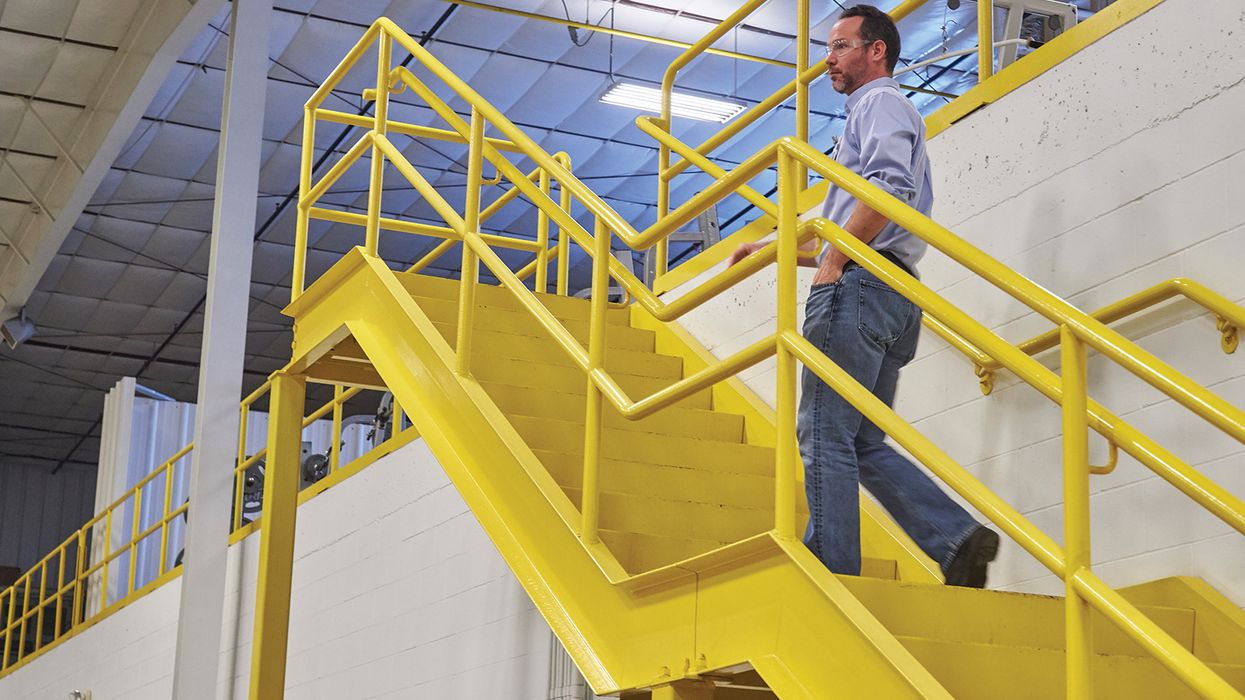Accident response and investigation can be like herding cats!
Following an accident involving serious injuries or a fatality, it becomes necessary to coordinate with a variety of players. Getting these parties to work together is challenging.
The players
The key players that need to work together immediately following a crash and during any ongoing investigation and litigation include:
- The driver: The driver is the initial representative on the scene and can set the tone for everything going forward. Good communications and thorough information collection by the driver can make all the difference. How is this accomplished? By conducting training and having a briefing plan when communicating with the driver during and following the incident.
- Maintenance provider: These people have contacts with towing companies and outside shops that can assist in getting your vehicle either towed or repaired, and then stored securely.
- Law enforcement and other emergency responders: These are people you need to coordinate with at the time of the accident. Your driver is there, but you will still want to contact them directly. Also, the reports generated by these people will be critical later in the process, so it is to your advantage to be familiar with all the emergency services players that are/were on scene.
- Company management: Keeping the bosses informed of the situation and dealing with suggestions and questions from them can be a challenge. How accidents are to be handled and the communications channels to be used are areas to be decided before a serious crash.
- Clerical staff: Capturing documents (DQ files, logs, maintenance records, etc.) will become critical, so your people who handle these documents must be ready to go as soon as practical after an accident. This is another training area. Are your clerical personnel well versed on your recordkeeping systems so they can quickly capture all the information that will need to be preserved (use checklists!)?
- Insurance company: Depending on your insurance structure, you will want to communicate with your insurance company early on. This is especially true if they or one of their adjusters are going to be handling on-scene tasks and investigations for you. Also, as they have money on the line, they are likely to want to be involved in everything going forward. This is another area where advanced meetings and discussions can make a huge difference.
- Third-party vendors: During and following a serious crash, you may need the services of third-party adjusters and appraisers, recovery and salvage specialists, reconstructionists, investigators, medical experts, etc. Having a resource list of vendors and communicating with them in advance can help make the incident and follow-up communications progress smoothly.
- A transportation defense attorney: Following a serious crash, you will want to get your defense attorney on board as quickly as possible. A good defense attorney will have specific experts, vendors, and processes in mind. Through the entire process, your attorney should be the orchestra conductor, with your Safety, Claims, or Risk Manager being the conductor’s assistants, and the other players being the orchestra members. This is because your defense attorney will be developing and following through on your defense.
Coordinate communication
The trick after a crash is frequent communication with all involved. You cannot have your management, insurance company, and defense attorney all doing their own thing and not communicating with the other participants (maintenance, clerical staff, investigators, etc.). If there is no coordination, critical issues might be missed, efforts could be duplicated, critical information or evidence may not be captured and protected (or it could be shared unnecessarily), and the varying strategies developed may contradict each other.
Key to remember: Following a serious crash, communication channels and discussions will be necessary. As the party with the most to lose, make sure the discussions are taking place!

